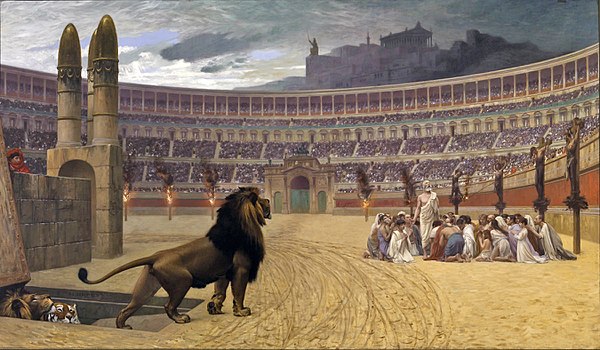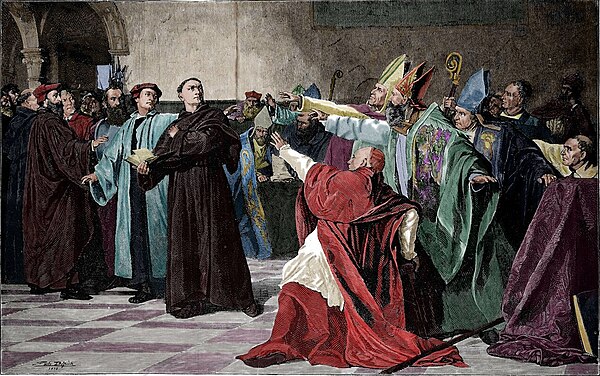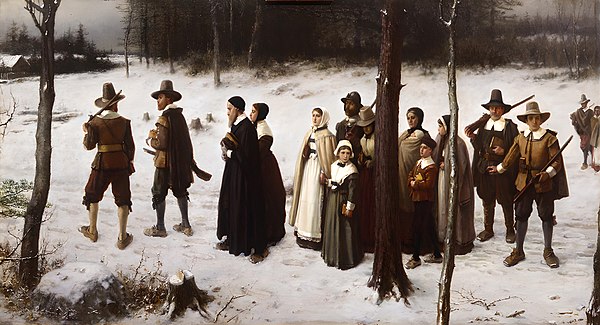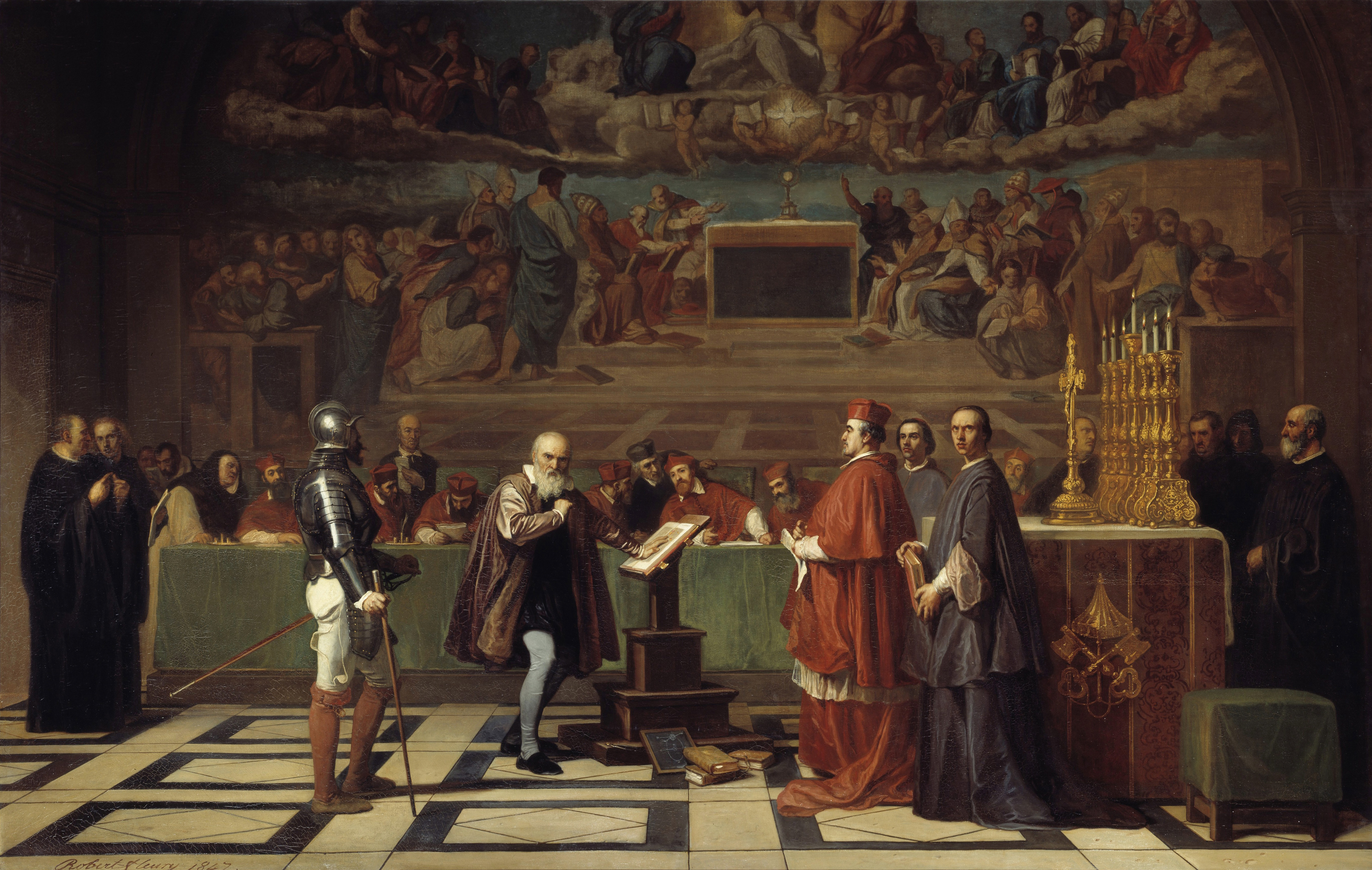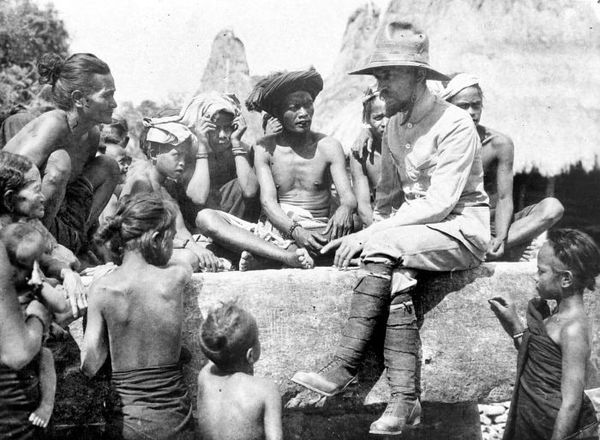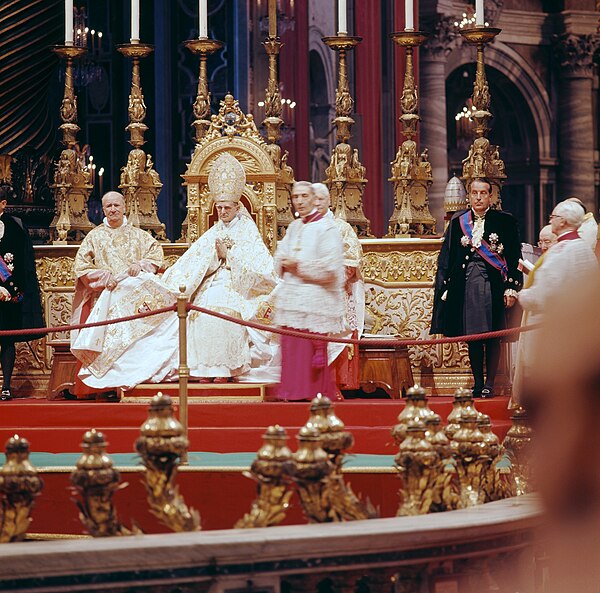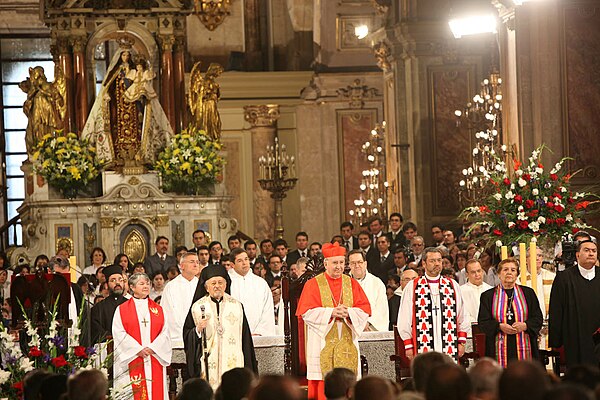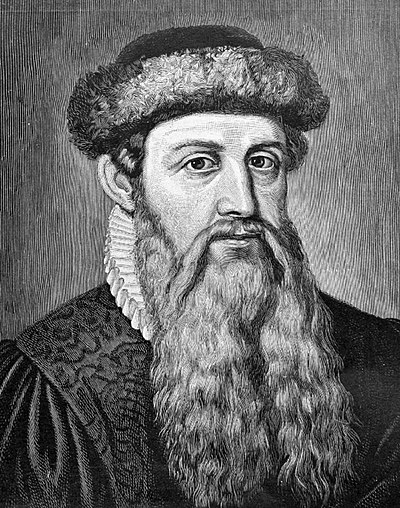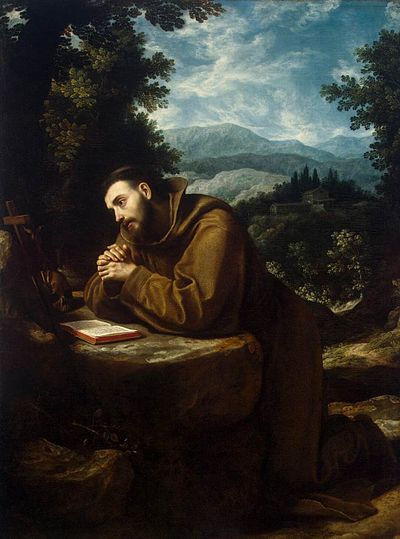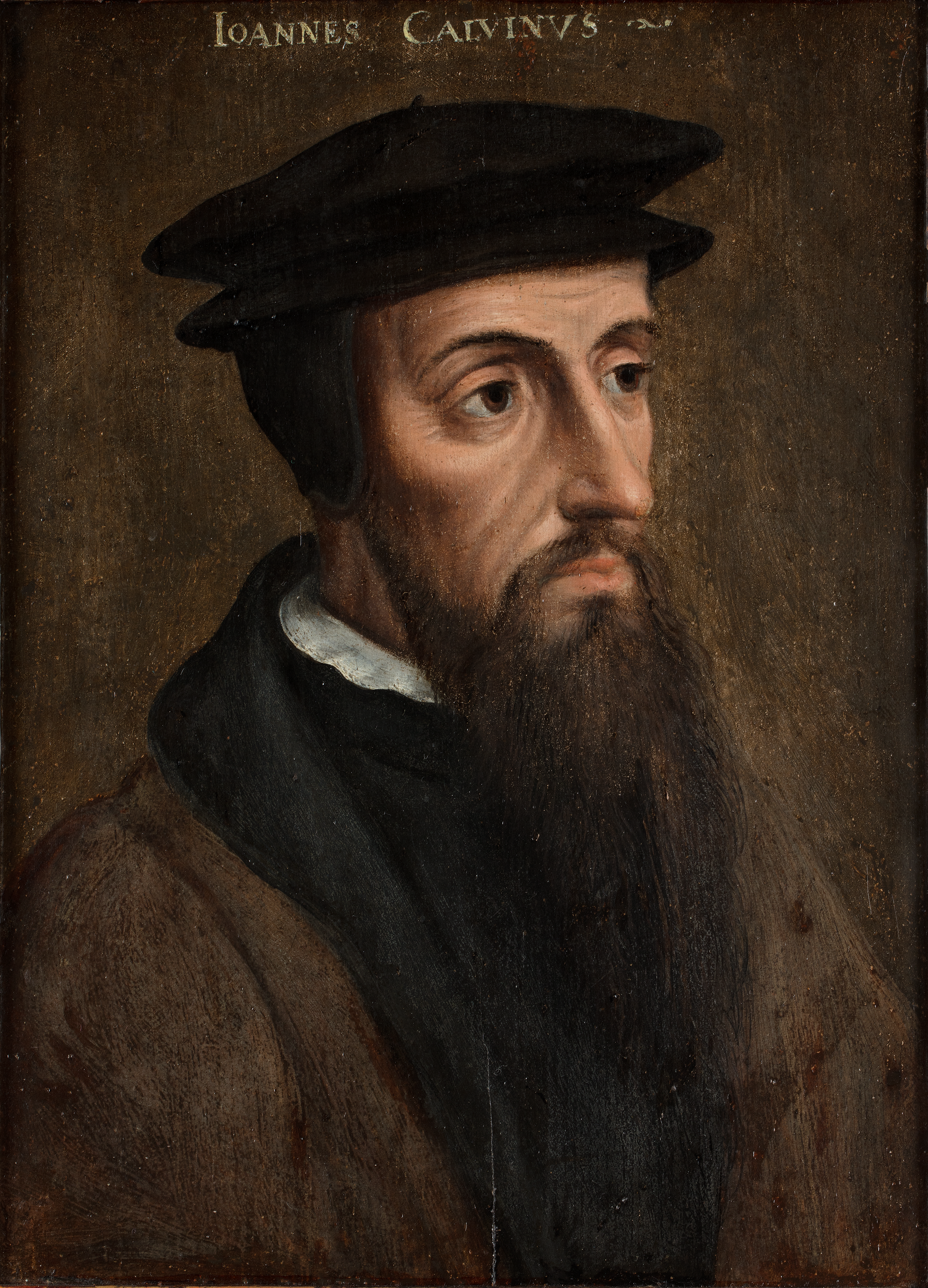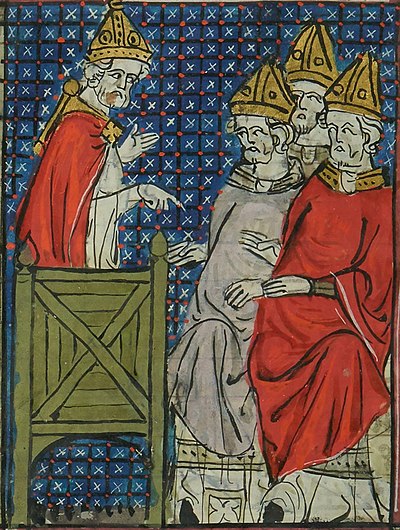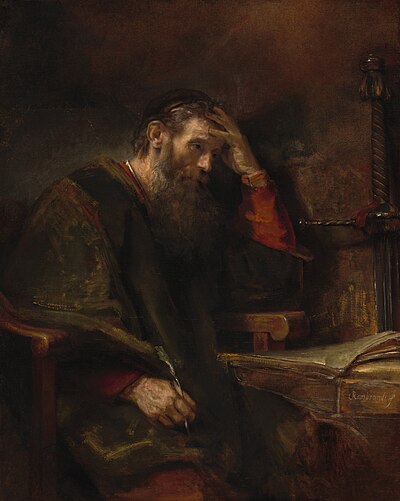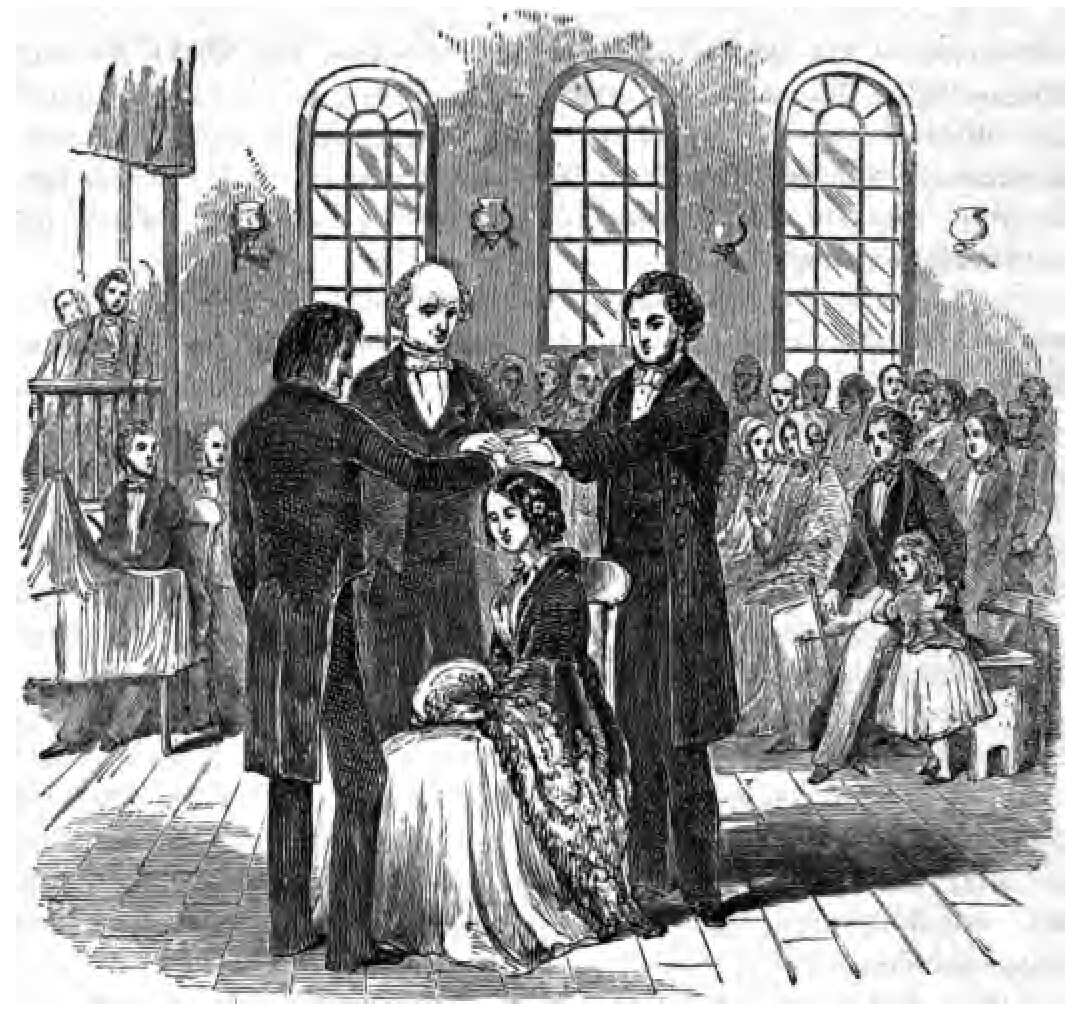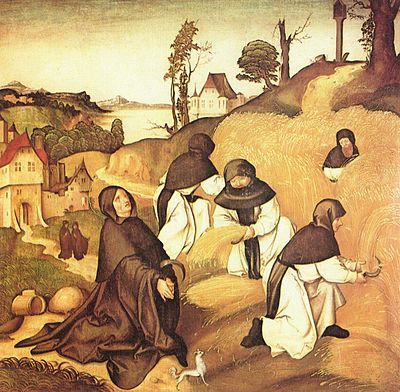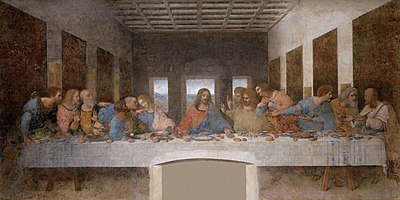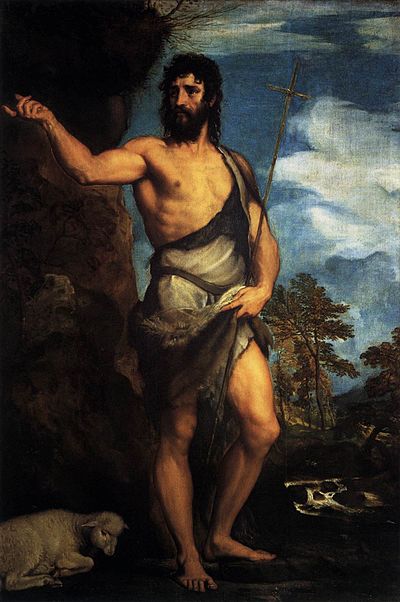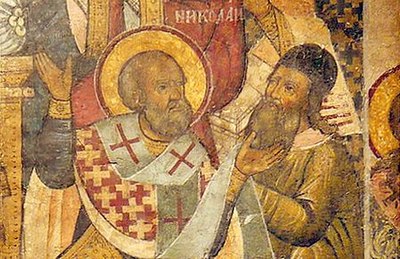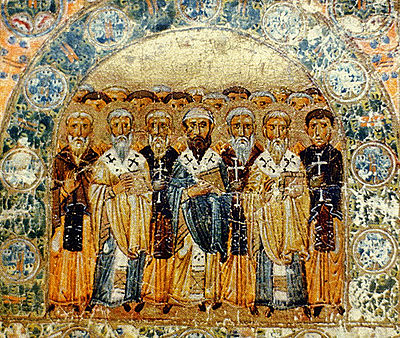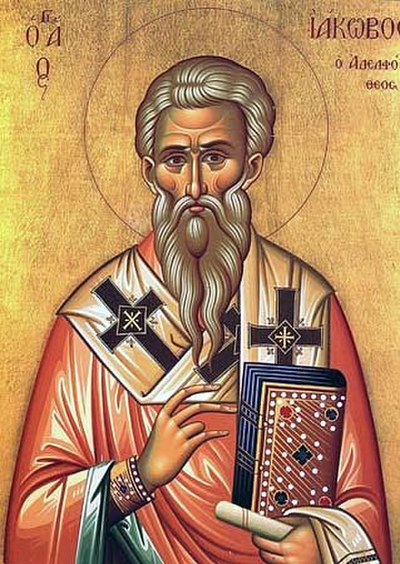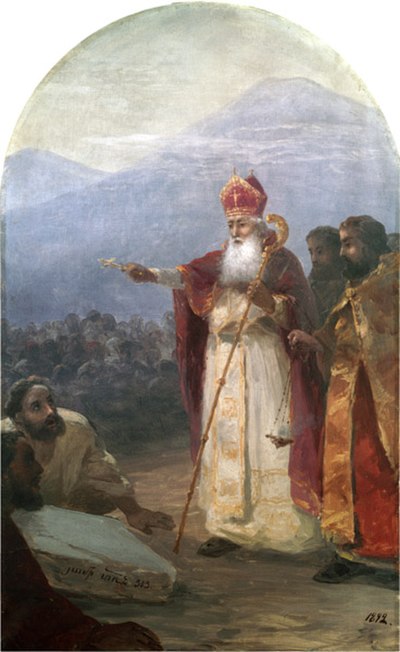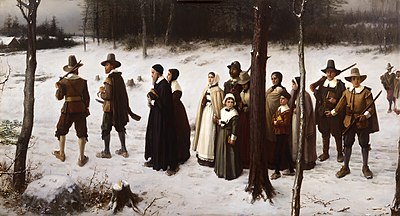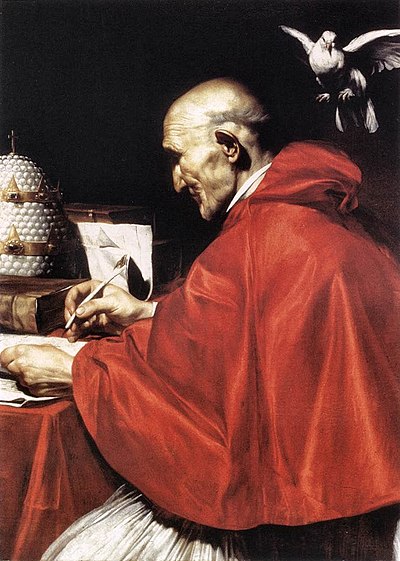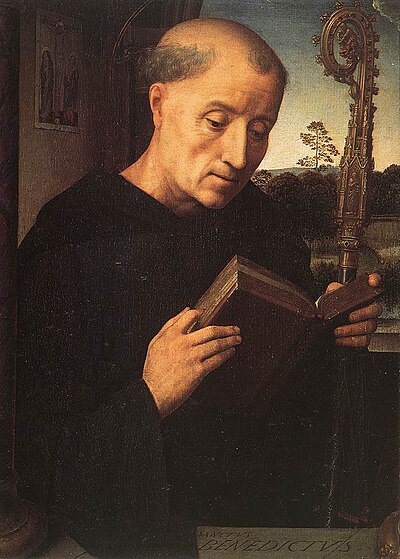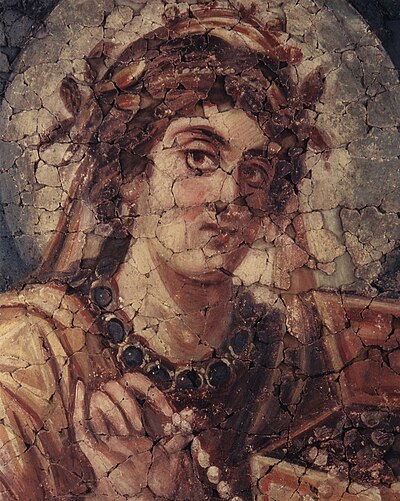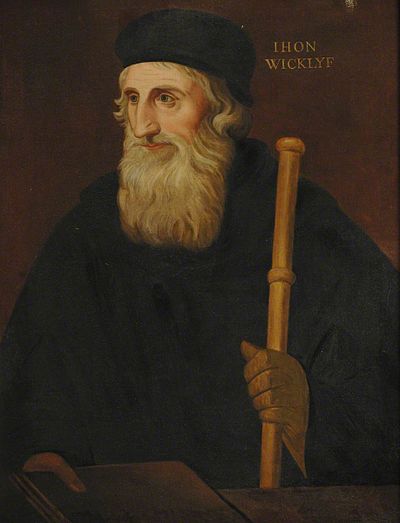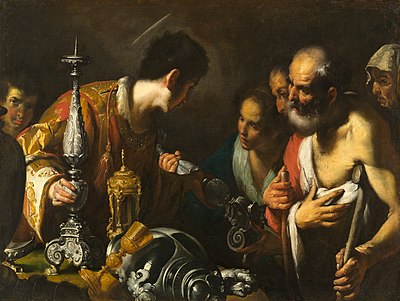The Apostolic Age is named after the Apostles and their missionary activities. It holds special significance in Christian tradition as the age of the direct apostles of Jesus. A primary source for the Apostolic Age is the Acts of the Apostles, but its historical accuracy has been debated and its coverage is partial, focusing especially from Acts 15 onwards on the ministry of Paul, and ending around 62 CE with Paul preaching in Rome under house arrest.
The earliest followers of Jesus were a sect of apocalyptic Jewish Christians within the realm of Second Temple Judaism. The early Christian groups were strictly Jewish, such as the Ebionites, and the early Christian community in Jerusalem, led by James the Just, brother of Jesus. According to Acts 9, they described themselves as "disciples of the Lord" and "of the Way", and according to Acts 11, a settled community of disciples at Antioch were the first to be called "Christians". Some of the early Christian communities attracted God-fearers, i.e. Greco-Roman sympathizers which made an allegiance to Judaism but refused to convert and therefore retained their Gentile (non-Jewish) status, who already visited Jewish synagogues. The inclusion of Gentiles posed a problem, as they could not fully observe the Halakha. Saul of Tarsus, commonly known as Paul the Apostle, persecuted the early Jewish Christians, then converted and started his mission among the Gentiles. The main concern of Paul's letters is the inclusion of Gentiles into God's New Covenant, sending the message that faith in Christ is sufficient for salvation. Because of this inclusion of Gentiles, early Christianity changed its character and gradually grew apart from Judaism and Jewish Christianity during the first two centuries of the Christian Era. The fourth-century church fathers Eusebius and Epiphanius of Salamis cite a tradition that before the destruction of Jerusalem in CE 70 the Jerusalem Christians had been miraculously warned to flee to Pella in the region of the Decapolis across the Jordan River.
The Gospels and New Testament epistles contain early creeds and hymns, as well as accounts of the Passion, the empty tomb, and Resurrection appearances. Early Christianity spread to pockets of believers among Aramaic-speaking peoples along the Mediterranean coast and also to the inland parts of the Roman Empire and beyond, into the Parthian Empire and the later Sasanian Empire, including Mesopotamia, which was dominated at different times and to varying extent by these empires.





